Mold is no joke. While this is a minor inconvenience for some people, for anyone with respiratory issues this little issue can be a serious problem. Aside from the fact that it doesn't look good spread out on surfaces, mold and mildew have been known to cause real problems for anyone with asthma, bronchitis, or other such conditions. And these aren't the only health concerns, some people are even allergic to the growth. So don’t delay, if you notice your home is being invaded by mold, mildew, or fungi, please contact an expert today. Don’t let it affect your personal well being.
How Does Mold Spread?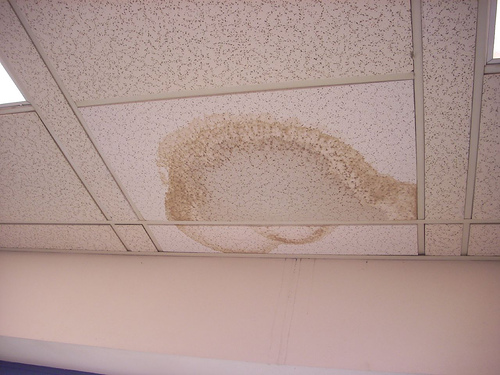
The short answer is: moisture. There any many different kinds of mold, but none of them are able to survive without water or moisture. So to combat mold and mildew you need to control the moisture in your home. Generally larger outbreaks occur after water damage. Any flooding or leaking will seep into your carpet or drywall, and while the damage does have to be repaired and the mold removed, the moisture must also be dried out to prevent future mold outbreaks. That means that fighting mold definitely has to include fixing the water problem, as well. If affected areas are not cleaned within three days’ time of initial water damaging, the possibility of a mold outbreak becomes almost guaranteed.
Preventing Mold Damage
While bleach can wipe out a smaller colony, there really isn't a way for homeowners to get rid of all the spores without calling some sort of professional. And as a rule of thumb, if you see a mold outbreak over 10 square feet in size, call a specialist immediately. Otherwise, as addressed before, fix the moisture damage first, then attack the mold. If it’s a leaking pipe, call a plumber and dry out all the affected areas, with a space heater if necessary. If it’s a flooding issue, you may even want to go the extra mile and hire water damage restoration experts. While it may be more expensive, it’s a surefire way to stop the mold once and for all.
Eliminating Smaller Mold Outbreaks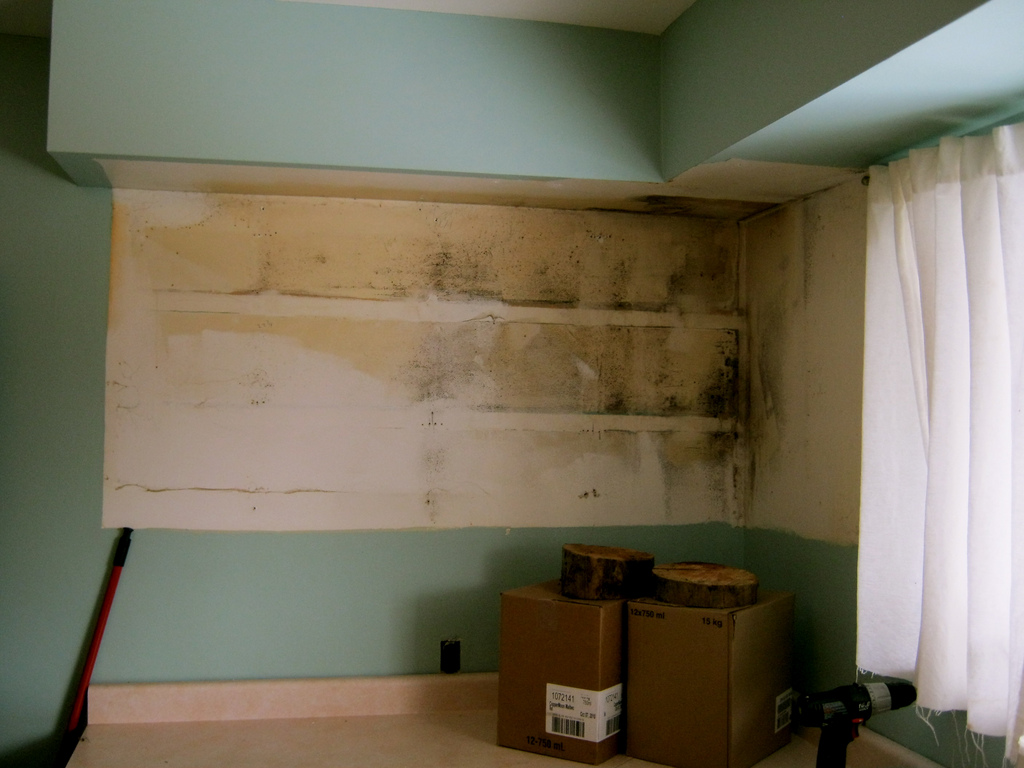
- First of all, if you have health issues or respiratory issues it may be in your best interest to hire a professional instead of doing it yourself. While you can buy new drywall, it’s harder to buy new lungs.
- Fix the leaks, plumbing, or water damage first, then you can address the mold issue.
- Scrub the mold off the surface of the contamination site with either bleach or detergent. Then completely dry out the location, preferably using a combination of towels and a heater.
- Unfortunately this does mean that porous or absorbent materials may have to be thrown out, as they can never be completely cleared of moisture. So most drywall, ceiling tiles, or carpeting might have to be discarded. It’s impossible to tell if mold has ever been completely removed from these items.
- While painting over moldy areas can be a step in the right direction, please keep in mind that all humidity and mold must be cleaned out beforehand.
 Let a mold, asbestos and toxic materials contractor give you an estimate on your project
Let a mold, asbestos and toxic materials contractor give you an estimate on your project


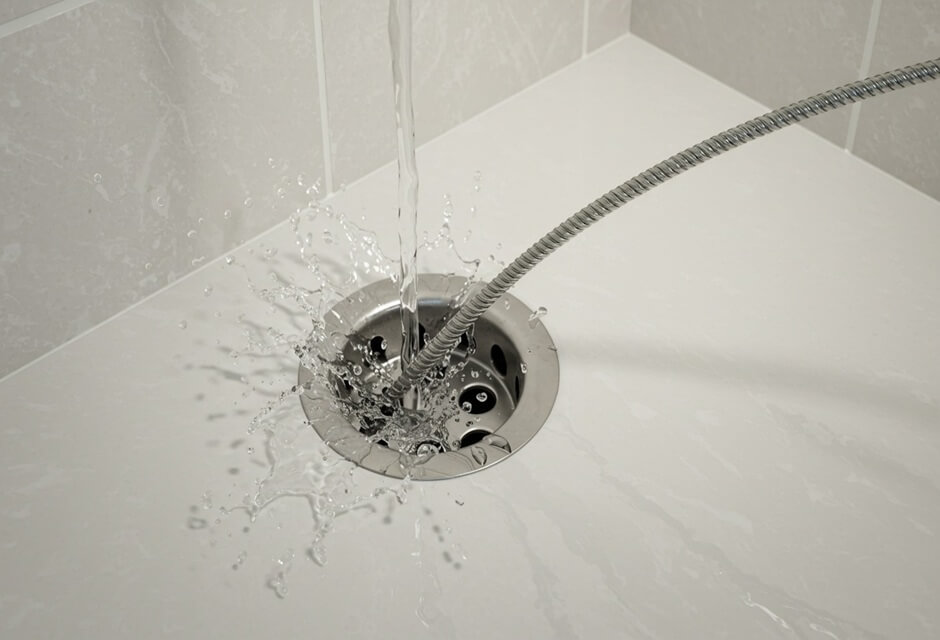
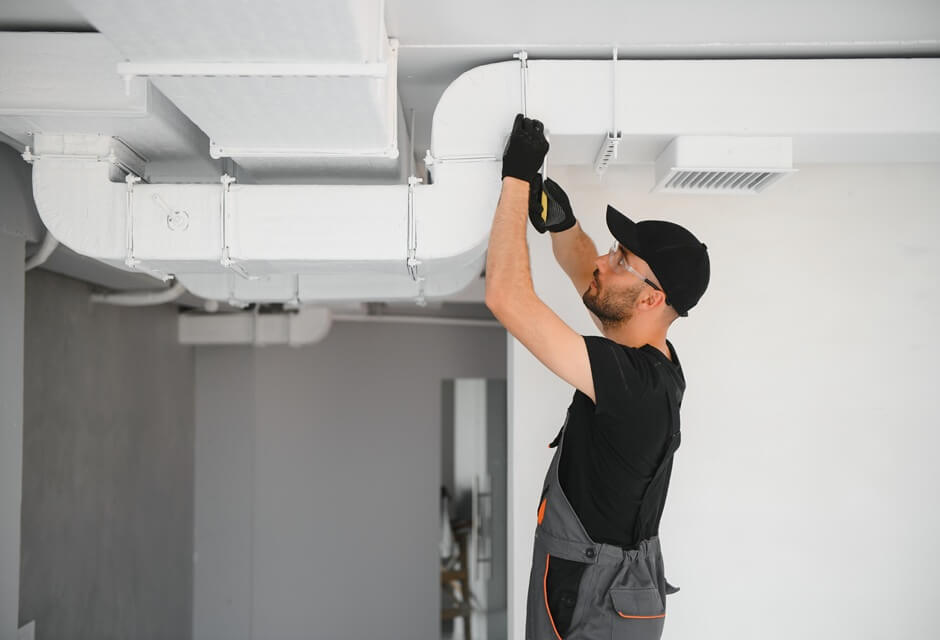
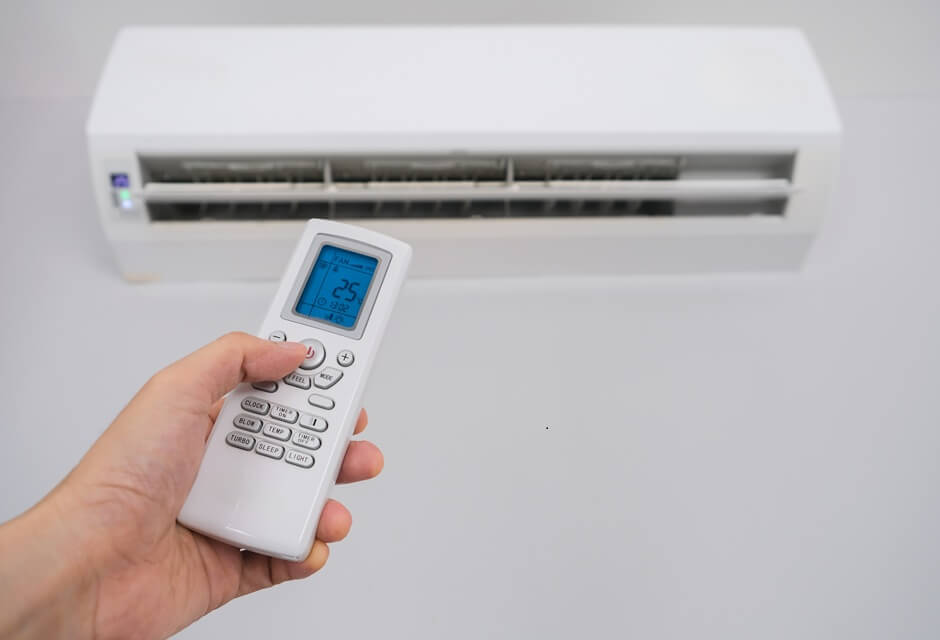
 Member of the
Member of the